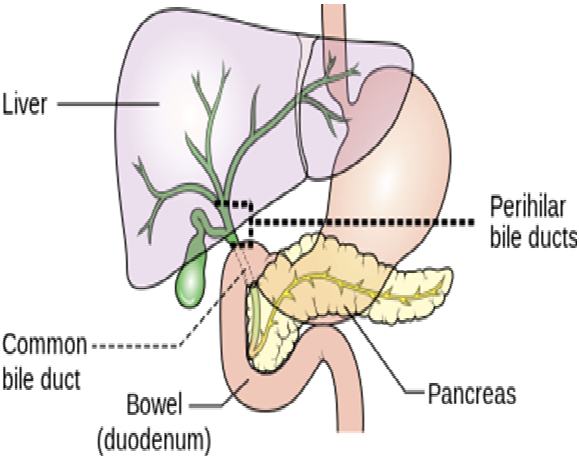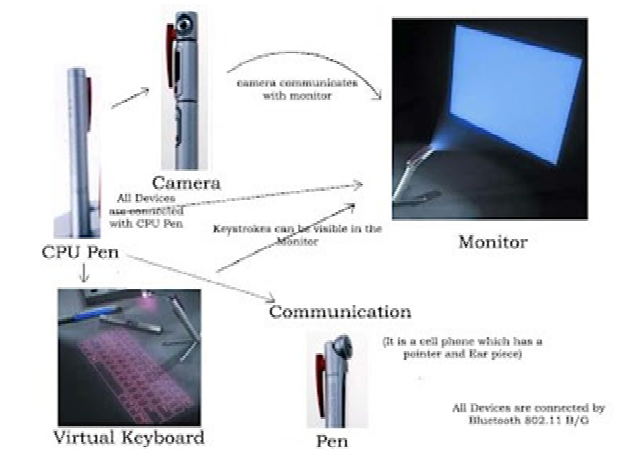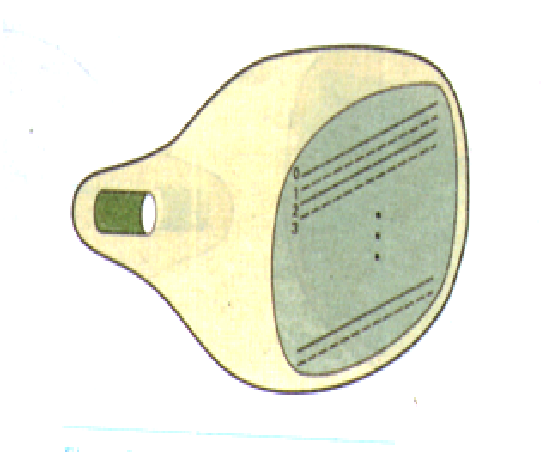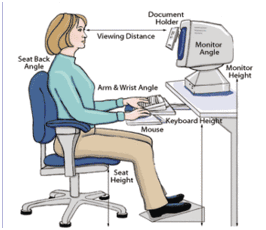
Definition, Part of Liver, Structure, Function, Blood Supply
Definition The liver is a gland and plays a major role in metabolism with numerous functions in the human body, including regulation of glycogen storage, decomposition of red blood cells, plasma …
Definition
The liver is a gland and plays a major role in metabolism with numerous functions in the human body, including regulation of glycogen storage, decomposition of red blood cells, plasma protein synthesis, hormone production, and
Structure
The liver is a reddish brown wedge-shaped organ with four lobes of unequal size and shape. A human liver normally weighs 1.44–1.66 kg. It is both the largest internal organ and the largest gland in the human body. Located in the right upper quadrant of the abdominal cavity, it rests just below the diaphragm, to the right of the stomach and overlies the gallbladder.
The liver is connected to two large blood vessels: the hepatic artery and the vein. The hepatic artery carries oxygen-rich blood from the aorta, whereas the portal vein carries blood rich in digested nutrients from the entire gastrointestinal tract and also from the spleen and pancreas. These blood vessels subdivide into small capillaries known as liver sinusoids, which then lead to a lobule.
Lobules are the functional units of the liver. Each lobule is made up of millions of hepatic cells (hepatocytes) which are the basic metabolic cells. The lobules are held together by fine areolar tissue which extends into the structure of the liver, by accompanying the vessels (veins and arteries) ducts and nerves through the hepatic portal, as a fibrous capsule called Glisson’s capsule. The whole surface of the liver is covered in a serous coat derived from peritoneum and this has an inner fibrous coat (Glisson’s capsule) to which it is firmly adhered.
Function
• Production of bile, which helps carry away waste and break down fats in the small intestine during digestion
• Production of certain proteins for blood plasma
• Production of cholesterol and special proteins to help carry fats through the body
• Store and release glucose as needed
• Processing of hemoglobin for use of its iron content (the liver stores iron)
• Conversion of harmful ammonia to urea (urea is one of the end products of protein metabolism that is excreted in the urine)
• Clearing the blood of drugs and other harmful substances
• Regulating blood clotting
• Resisting infections by producing immune factors and removing bacteria from the bloodstream
• Clearance of bilirubin (if there is a buildup of bilirubin, the skin and eyes turn yellow)
Blood Supply
The liver receives a dual blood supply from the hepatic portal vein and hepatic arteries. The hepatic portal vein delivers approximately 75% of the liver’s blood supply, and carries venous blood drained from the spleen, gastrointestinal tract, and its associated organs. The hepatic arteries supply arterial blood to the liver, accounting for the remaining quarter of its blood flow. Oxygen is provided from both sources; approximately half of the liver’s oxygen demand is met by the hepatic portal vein, and half is met by the hepatic arteries.
Blood flows through the liver sinusoids and empties into the central vein of each lobule. The central veins coalesce into hepatic veins, which leave the liver and drain into the inferior vena cava.










